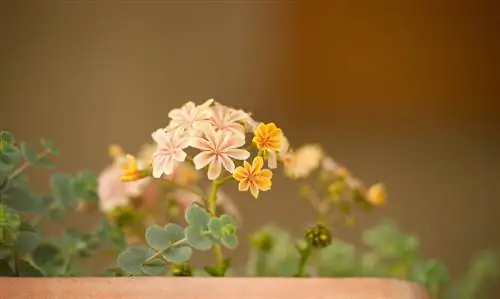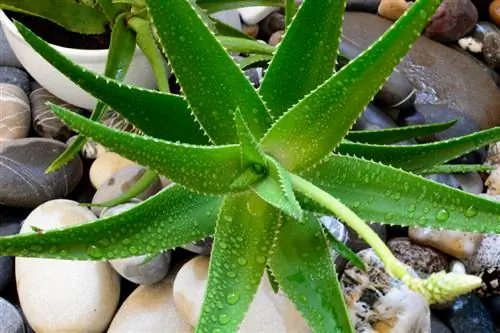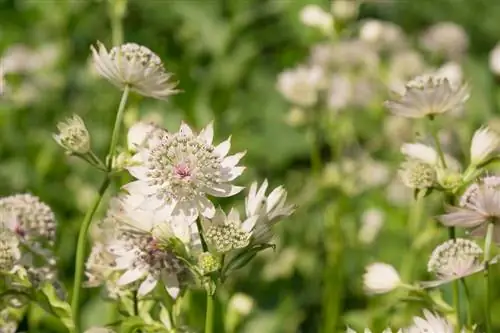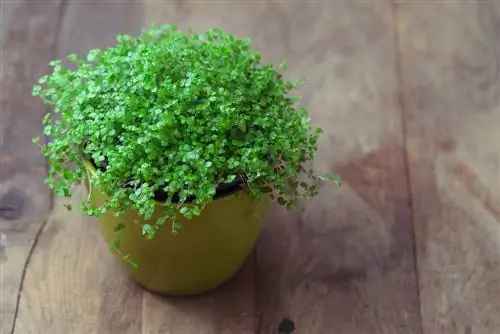- Author admin [email protected].
- Public 2023-12-16 16:46.
- Last modified 2025-01-23 11:20.
The porcelain rose, as the bitterroot is also called, is quite easy to care for and very decorative. If it is in a sunny place and gets enough water, it will delight the viewer with colorful flowers.
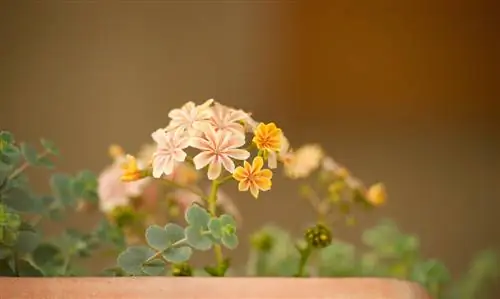
How do you properly care for bitterroot (porcelain florets)?
A sunny to semi-shady location with permeable soil is important for bitterroot care. Regular watering without waterlogging, little fertilizer and, depending on the variety, winter protection or frost-free overwintering ensure he althy growth.
The right location and the best soil
The porcelain rose loves a sunny location, but also thrives in partial shade. If it doesn't get enough sun, it grows poorly and refuses to flower. You should give your plant at least three hours of sunshine. If the soil is heavy, loosen it up with some gravel or sand, as the bitterroot does not tolerate waterlogging.
Planting the bitterroot
Water bitterroot thoroughly before planting or repotting. This is how you remove old substrate and loosen the roots. In addition, the plants soak up water, which makes sense after a long transport or a period of moderate watering.
The planting hole should have a slightly larger diameter than the root ball. Add some humus or well-rotted compost, place the bitterroot in the planting hole, fill with fresh potting soil and water the plant well. When planting in a pot or bucket, first create a drainage layer made of old pottery shards, expanded clay (€19.00 on Amazon) or coarse gravel.
Water and fertilize the bitterroot
The bitterroot cannot tolerate its roots drying out. That's why you should water your plant regularly. However, the porcelain rose doesn't need a lot of fertilizer. A little compost or bark mulch in spring is enough for outdoor plants. However, if your porcelain rose is in a planter, give it some liquid fertilizer about once a month.
The bitterroot in winter
When caring for the winter, you have to differentiate between the winter-hardy and the frost-sensitive varieties. It's best to inquire about this when you buy your plants, unless there is a note on the label. Hardy varieties of bitterroot require protection from moisture rather than cold at temperatures down to around -20 °C. Frost-sensitive varieties should overwinter indoors if possible.
The most important care tips for bitterroot:
- sunny to partially shaded
- permeable soil
- water regularly
- not always frost hardy!
Tip
When purchasing, pay attention to whether your bitterroot is frost hardy or not.

